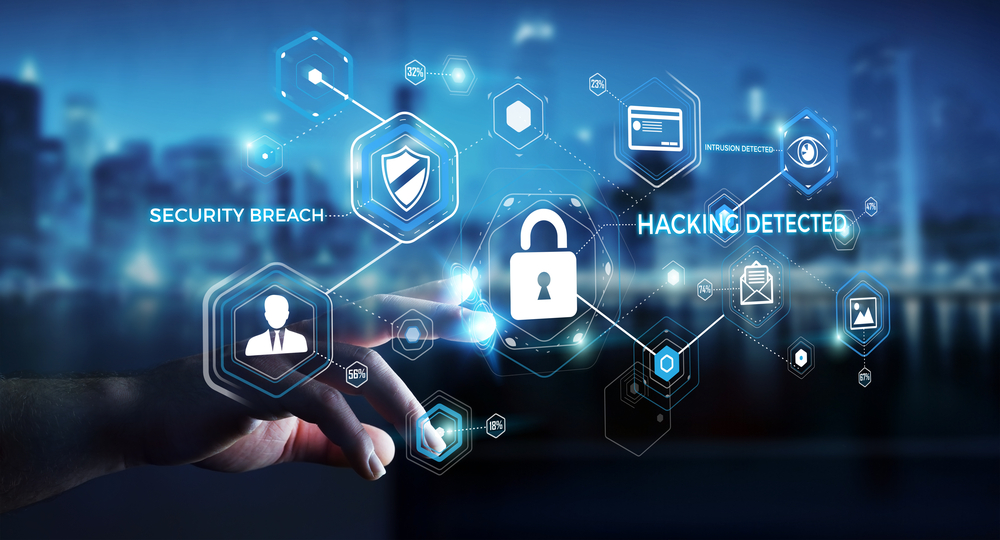Difference Between Malware And Virus
Many digital users consider malware and virus to be the exact same thing, which, in reality, isn’t so. These are all different kinds of infections that can affect your computer system very badly. Be it Trojans, spyware, adware, worms, etc., they are all different from one another. Malware gets the name from malicious software, and all the others come under the umbrella of malware. Malware is a generic term used to describe any infection in the system. Malware are malicious codes which can affect your systems be it phones, tablets, desktops, laptops or PC’s from different sides and different ways.

Virus comes under the umbrella of malware. Any bad software, any program that is suspicious, anything that hooks into your system and slows down the working are all viruses. Actions taken for malware and viruses are almost similar if you have downloaded the right anti-malware software.
If the malware attacks your computer, it can harm the system in many ways. It could result in slowing down the system, deleting data, taking away important data, spreading the virus and shutting down your system, having social media send unwanted messages to the contacts in the list etc. Sometimes malware can do nasty things and viruses can harm the whole system without your knowledge.
Ransomware, an advanced form of malware, can commit financial crime and extort money from you by using your details that were extracted by some unverified app. The virus is contagious and infects every software and files if not detected at the right time. This is also known to spread the virus infection from software to software, such as pen drives to other hard disks etc. This acts mostly like a parasite.
In some cases, malware might be present in your system and might not do anything at all. The system might not show symptoms but the malware could already have affected all connected nearby devices and got hold of your programs by forming botnets. This botnet that is formed can be a great criminal through Internet browsing and can even do spam delivery of email and messages without your knowledge. These email hackers make these botnets do the job for them.
Generally, a virus cannot do this function but will rather affect the system and shut it down. Imagine a pop up that comes up when you are playing a game, reading an email or watching a movie. Let us say the language written on the pop-up is gibberish and you cannot figure out the content. There is an OK button in the center which you might accidentally click due to curiosity. If you click the OK button, you do not have a chance to go back to what you were doing earlier. Suddenly, a message pops up saying that you have been attacked by a virus and the system shuts down or there are hundreds of pop-ups that come in and go which is not under your control.
Malware only has the intention of stealing your data. What makes a malware deviously scary is the way it is hidden and the way it attacks – embedded in other program files and infecting the system slowly.
However, users must remember that a virus only transfers from file to file or device to device. So, for example, if you insert a pen drive that had the virus and tried operating it on your system which did not have a great antivirus software, then there are chances that all your data is going to be corrupted or lost. It can duplicate files, confuse you and increase risks of shutting your system.

